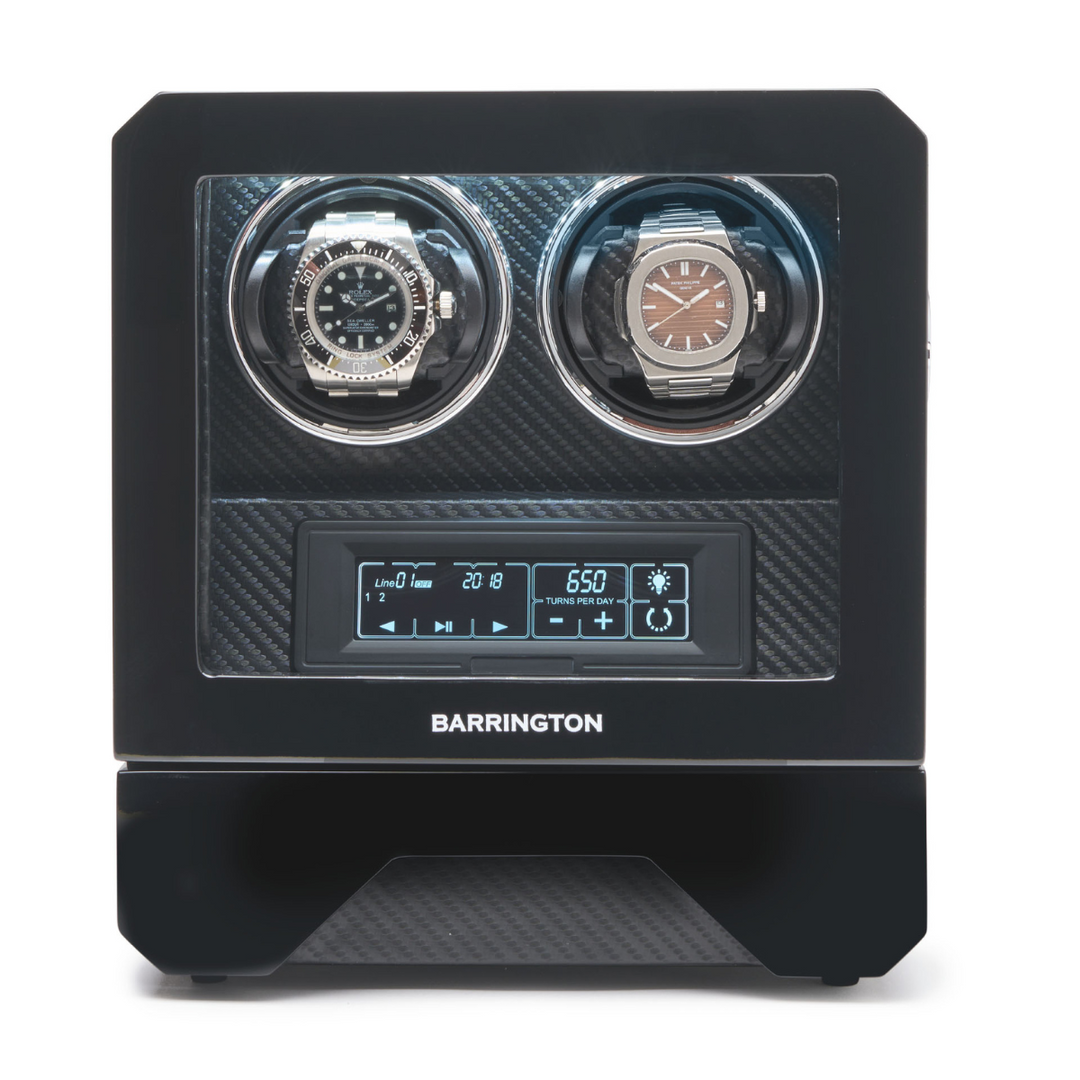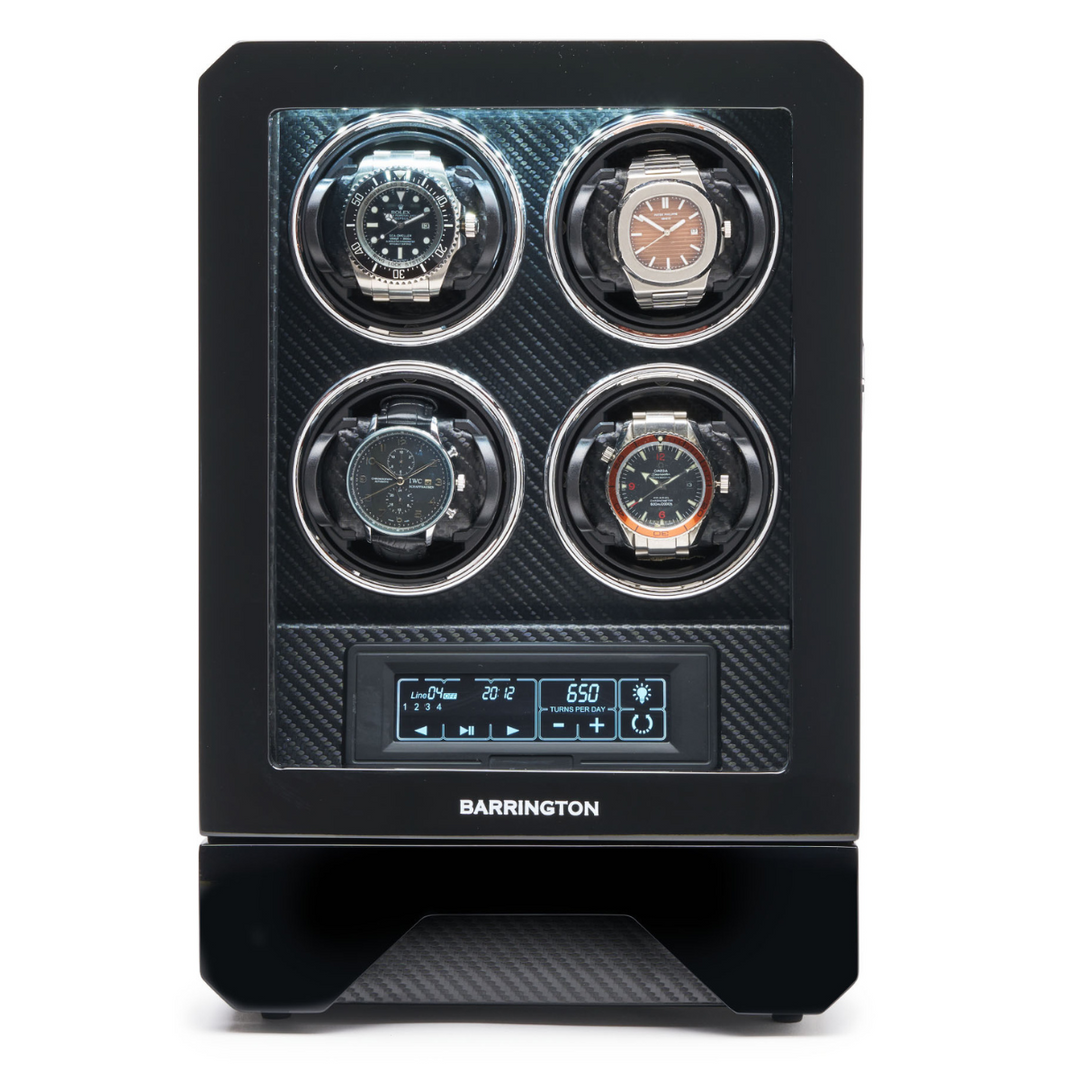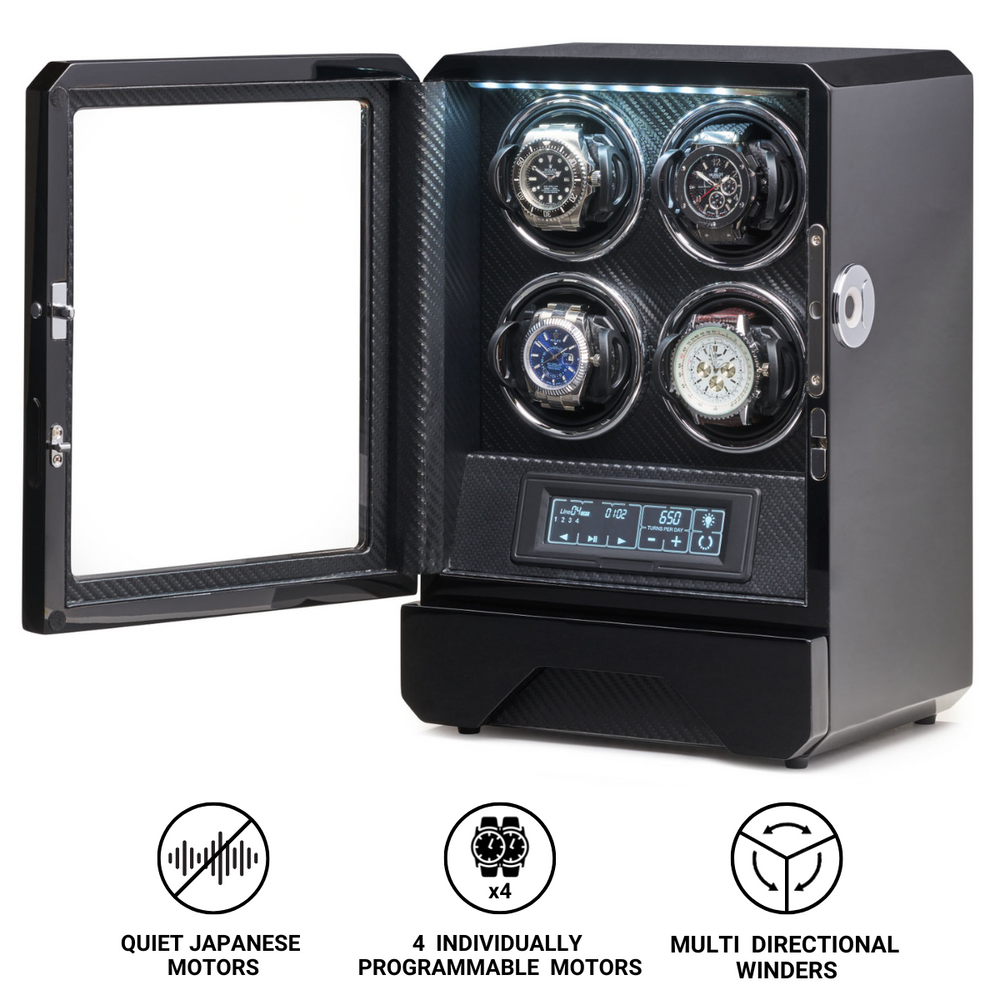August 2025 Watch Market Overview: Patek Philippe Leads Gains; Rolex Steady as AP & Vacheron Decline
In July 2025, the secondary luxury watch market saw a subtle but encouraging upturn, giving collectors cautious optimism.

Credit to: https://watchcharts.com/articles/p/8709/august-2025-watch-market-update#google_vignette
According to WatchCharts’ latest report, the Overall Market Index ticked up by a modest +0.2%, a slight increase after previous months of decline. This overall stabilization was driven largely by top-tier brands like Patek Philippe, which led with a +1.5% price increase for the month, and Rolex, which inched up +0.2%.
However, not all high-end marques shared in the gains, other prestigious names such as Audemars Piguet (AP) and Vacheron Constantin continued to soften or decline in value.
To put these moves in perspective, here are the key changes from July 2025 at a glance:
-
Patek Philippe, Market-leading +1.5% price growth in July (and +2.7% over the past six months), now standing out as the only major brand with a positive year-over-year trend.
-
Rolex, A slight +0.2% uptick for the month, contributing to a +2.0% gain over the last six months, reflecting steady stability in prices.
-
Audemars Piguet, Continued decline with a -0.6% drop in July (and -1.6% over six months), indicating the brand is still lagging the broader market recovery.
-
Vacheron Constantin, Another monthly fall of -0.8%, cementing its status as 2025’s weakest performer among top brands (down -11.3% year-over-year).
Patek Philippe: Signs of Stabilization and Growth

Patek Philippe has emerged as a bright spot in the market, helping uplift overall prices with its robust performance. The brand’s index appreciated by +2.7% over the past six months. Notably, Patek’s one-year price trend just turned positive for the first time since early 2023, and it is currently the only major watchmaker showing an increase in value compared to a year ago, a remarkable turnaround driven by strong demand for its iconic models.
Within Patek’s lineup, the sporty Aquanaut and Nautilus collections have been key drivers of this rebound. The Aquanaut line surged about +1.7% in July, while the Nautilus gained roughly +1.3%, making these two the month’s top-performing watch collections across the market. Specific coveted references, such as the green-dial Aquanaut 5168G and the classic white-dial Nautilus 5711, have been among the standout models fueling Patek’s rise. As Patek continues phasing out its stainless steel sports watches, for example, discontinuing the Nautilus 5712/1A in February 2025, the only way to acquire these pieces now is via the secondary market. This added scarcity has given dealers more pricing power and likely contributed to the rise in resale prices of Patek’s most sought-after references.
Rolex: Continued Stability in a Shifting Market
The market’s bellwether brand, Rolex, maintained its steady course through July, offering a measure of stability amid an otherwise turbulent period. Rolex’s index edged up by +0.2% for the month, bringing the brand to about +2.0% total appreciation over the past half-year. While these gains are modest compared to Patek’s, they reinforce a pattern of gradual, sustained growth, a reassuring sign for collectors who have long seen Rolex as a reliable store of value.
Digging into Rolex’s lineup reveals that not all models moved in unison. One highlight was the Day-Date (the iconic “President” model), which saw about a +1.2% bump in July. This uptick suggests continued demand for Rolex’s flagship precious-metal dress watch, even as the brand’s sport models like the Submariner and GMT-Master II held fairly steady in value. Overall, Rolex’s consistent performance, with positive monthly returns in several of the past few cycles, underscores its role as a “blue-chip” asset in the watch world. It rarely skyrockets in price in the short term, but it also rarely falters, instead delivering reliable long-term gains that bolster confidence among both collectors and investors.
Audemars Piguet: Lagging Behind in Recovery

In contrast to Patek and Rolex, Audemars Piguet has yet to find its footing in 2025. AP’s prices continued to soften in July, dipping -0.6% for the month. Over the past six months, the Audemars Piguet index is down about -1.6%, and zooming out to a full year, it has slumped roughly -4.9%. These declines suggest that AP is still lagging behind in the market’s recovery phase.
Even within Audemars Piguet’s prestigious lineup, performance has been uneven. The flagship Royal Oak collection, AP’s most recognizable and in-demand series, was actually the brand’s best performer, yet even it saw around a -3% decline year-over-year. Other AP model lines fared worse: the Royal Oak Offshore, the modern Code 11.59, and classic models like the Jules Audemars and Millenary each lost well over -9% of their value in the past year. This heavy across-the-board downturn underscores that AP’s struggles are not confined to one segment but affect its range broadly.
Market watchers are debating why Audemars Piguet hasn’t rebounded in step with Patek. It’s possible AP is simply late to the recovery party, poised to bounce back after a delayed reaction. However, there’s also concern that AP might be “charting a different path entirely”. The brand’s appeal and market resilience may be limited by its heavy dependence on the Royal Oak line. While the Royal Oak’s popularity propelled AP through the 2010s, it means the company’s fortunes are tied to essentially one model family. If enthusiasm for Royal Oaks cools (or fails to rekindle), AP could continue to underperform its peers. For now, Audemars Piguet remains a watchmaker to watch, but for the wrong reasons, as its prices seek a floor.
Vacheron Constantin: Struggling as the Weakest Link
Of the industry’s vaunted “Holy Trinity” of Swiss watch brands (Patek Philippe, Audemars Piguet, and Vacheron Constantin), Vacheron has unfortunately been the clear laggard in recent times. July was no exception: Vacheron Constantin’s prices dropped another -0.8% during the month. This decline continues a pattern we’ve seen all year, in fact, Vacheron has been the worst performer of these three top brands in every single month of 2025 so far.
The longer-term numbers paint an even starker picture. Vacheron’s market index sank -5.1% over the past six months, and it’s down a steep -11.3% compared to a year ago. By those measures, Vacheron Constantin is enduring one of the sharpest corrections among major luxury watch marques. Every collection tracked by WatchCharts under the Vacheron umbrella, from the sporty Overseas to dressy lines like the Patrimony and Traditionnelle, has seen values fall by double digits year-over-year. This across-the-board slump has made Vacheron the most “disappointing” performer in the high-end watch segment of late.
For collectors, Vacheron’s continued slide may be puzzling, given the brand’s illustrious history and the high horology pedigree of its timepieces. Regardless, until there are signs of a turnaround, buyers interested in Vacheron may find some relative bargains on the secondary market, while current owners might need to exercise patience as the brand works to regain market momentum.
Beyond the Big Names: Mixed Signals from Other Brands
Zooming out beyond the headline brands, July’s market performance was a mixed bag for other watchmakers and model lines. On the positive side, a few luxury names did see price upticks. In addition to Patek’s and Rolex’s gains, some brands managed modest improvements, but these were outweighed by weaknesses elsewhere. Overall, while “prices went up for several brands in July,” the reality is that most brands’ values still continued to decline or at best stayed flat.
To illustrate the diversity of outcomes, consider the best and worst performing watch collections of July 2025 across all major manufacturers. At the top of the list were the aforementioned Patek Philippe sports lines, the Aquanaut (+1.7%) and Nautilus (+1.3%), along with Rolex’s classic Day-Date (+1.2%) dress watch line. These collections led the market, reflecting strong collector demand for iconic models (steel Patek sport watches and gold Rolex Presidents).
On the flip side, the biggest decliners of the month included some surprising names. Audemars Piguet’s Code 11.59 line (a newer collection still striving to find broad appeal) fell about -2.4% in July. Even more dramatic were the drops in Cartier’s Santos collection (-2.8%) and Panerai’s Luminor divers (-4.0%), which were among the steepest one-month declines observed. These dips remind us that outside the top-tier brands, many watch models are still adjusting downward from the inflated prices seen during the market’s peak in 2022. Collectors holding such pieces may need to weather a bit more volatility, while those looking to buy might find more reasonable prices emerging for certain models.
Market Outlook: Cautious Optimism with Cloudy Skies Ahead
Looking forward, the latest data gives the watch community reason to be cautiously optimistic, albeit with some significant caveats. The fact that Rolex and Patek Philippe are now showing sustained stability and even modest growth is a positive sign, and the pace of decline in other brands has generally slowed compared to the free-fall witnessed after the market’s peak in spring 2022. In other words, the worst of the price corrections may be behind us, and the secondary market appears to be finding its footing in mid-2025.
However, external factors are introducing a new layer of uncertainty. Notably, as of August 7, 2025, the United States implemented a hefty 39% tariff on Swiss luxury watch imports as part of a “reciprocal tariffs” policy. If these tariffs remain in place for long, the Swiss watch industry could face serious headwinds, with retail prices for new watches likely to rise further (even if brands or dealers absorb some of the cost).
In the short term, ironically, this import tax shock could benefit the pre-owned watch market. Price-conscious enthusiasts may turn more to the secondary market for their next timepiece, hunting for deals on gently used models if brand-new ones become too expensive. This surge in demand for second-hand watches could keep resale values buoyant for a while. But any such boost might be temporary, once the current supply of pre-owned pieces thins out, or if sellers start raising asking prices, the market dynamics could shift again.
Ultimately, much hinges on how the trade situation evolves. The watch industry worldwide will be watching closely (no pun intended) to see if Switzerland can negotiate a more favorable deal to reduce these tariffs in the coming weeks. A resolution could remove a major overhang and restore confidence, while a protracted trade standoff might lead to more volatility or softness in both retail and secondary markets.
Bottom line: July 2025 brought a glimmer of relief to the watch market, with top brands like Patek Philippe and Rolex nudging values upward and hinting at stabilization. Collectors can take heart that the broad market free-fall seems to be leveling off. Yet, as Audemars Piguet and Vacheron Constantin’s struggles show, not all luxury timepieces are rebounding in sync, selectivity remains key. And with geopolitical and economic crosswinds now in play, it’s more important than ever for watch enthusiasts to stay informed. The coming months will reveal whether this nascent recovery can strengthen, or if we’re in for a few more twists and turns on the ticking road ahead.














